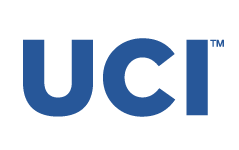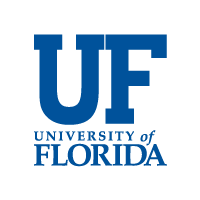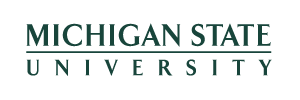NEES News
Experts available for comment on upcoming NobelsLithium-ion batteries If you own any handheld electronic gadget, chances are you own a lithium–ion battery. The $10 billion industry wouldn't be possible without the innovation of a possible candidate for the Nobel prize in chemistry, John Goodenough. He was the first to use lithium cobalt oxide as the cathode material in a lithium battery, which meant that stable materials could be used as the corresponding anode. Even today, most lithium-ion batteries use lithium cobalt oxide. Goodenough has continued working on materials that could be used as cathodes in lithium ion batteries. Experts available: • Bruce Dunn, a professional colleague of Goodenough’s on a DOE-funded panel. Dunn’s research includes work on the electrochemistry of new materials that could be used to store electricity. • Gary Rubloff heads a DOE-funded research project that examines ways nanostructures can be used to store electrical energy. Many of Rubloff’s efforts have focused on improving lithium–ion batteries with nanostructures. • Sang Bok Lee is deputy director of a DOE-funded research project that examines ways nanostructures can be used to store electrical energy.
Nanowires Nanowires are tiny crystalline fibers, typically less than one hundred nanometer across, and thousands of nanometers long. Nanowires are grown starting with a tiny bead of liquid gold or other metal that is placed in a vapor of the nanowire material. The material is attracted to the beads and grows into a long thin spike. Nanowires display an array of physical properties that depend not only on the material but also on their diameter, for example they conduct electricity differently than a large piece of the material they are made with. Peidong Yang a possible candidate for the Nobel prize in physics, has examined many different types of nanowires and their properties, including the ability to conduct a laser beam down its extremely narrow diameter. They can be used in quantum computers, as when two nanowires cross it creates a quantum dot; in flexible solar cells; and in tiny self-contained sensors.
September 30, 2015 Prev Next |











